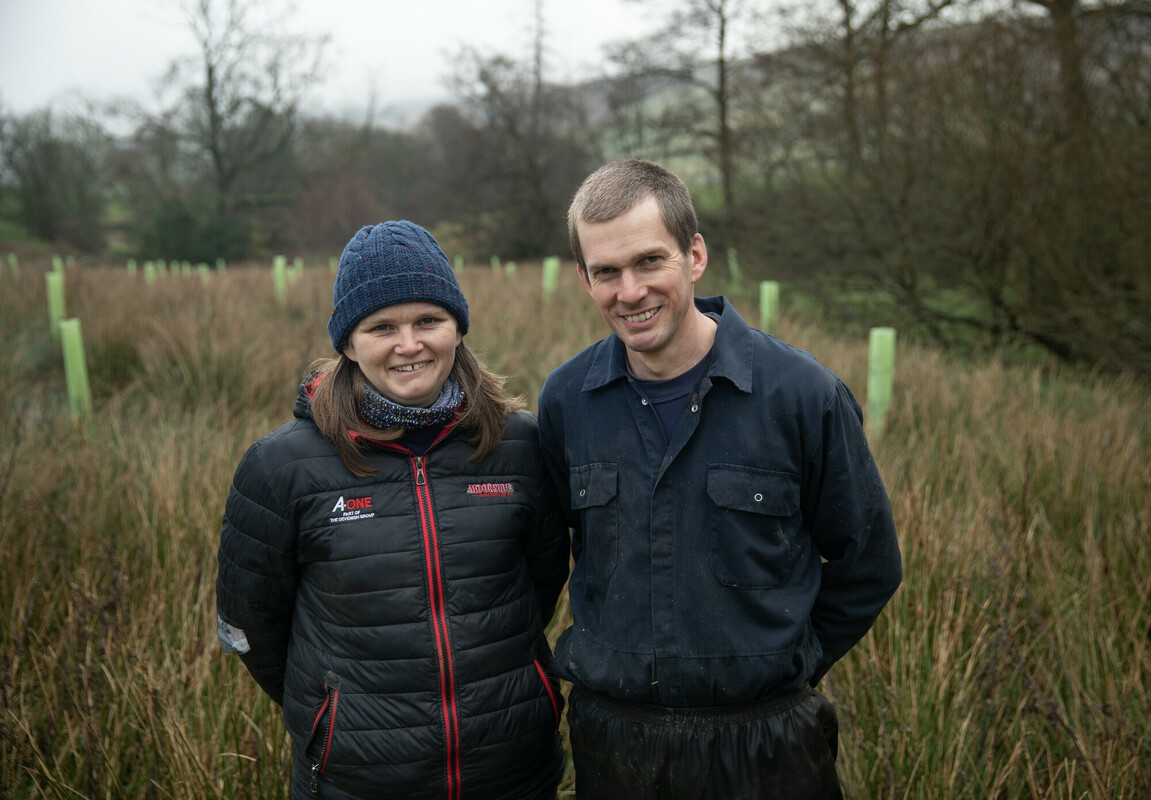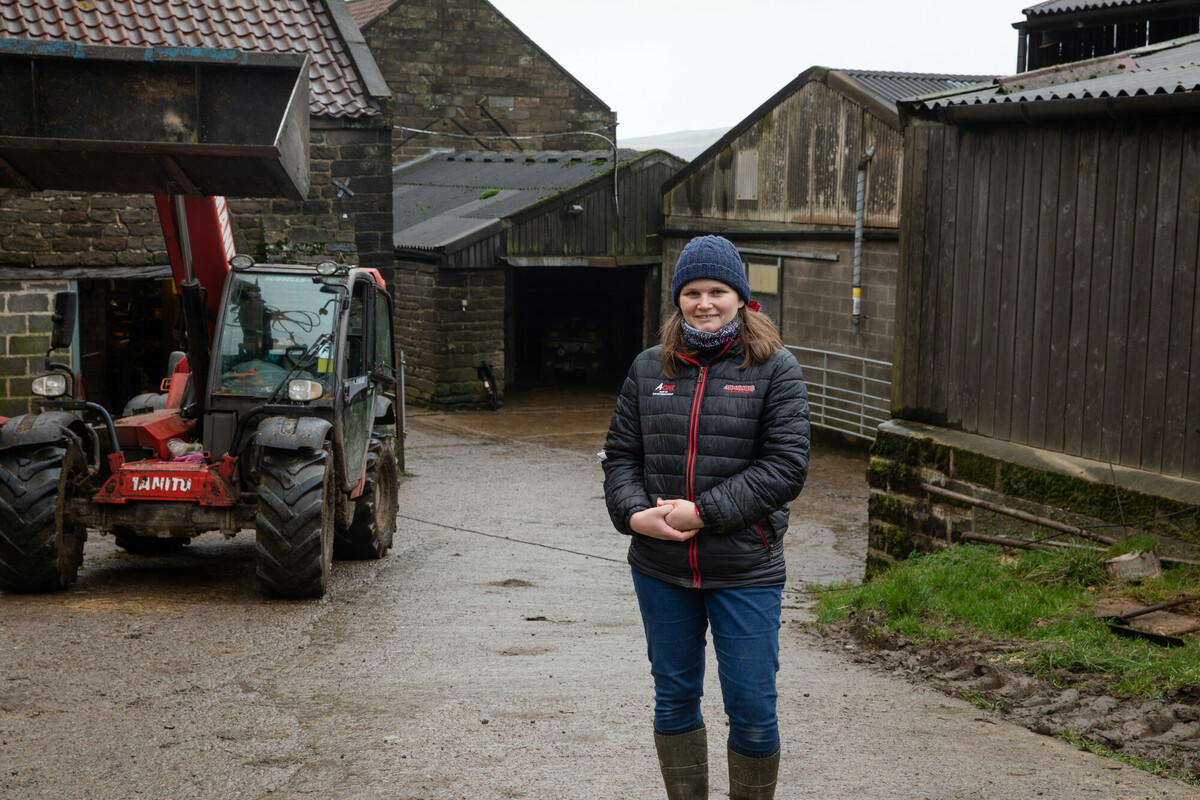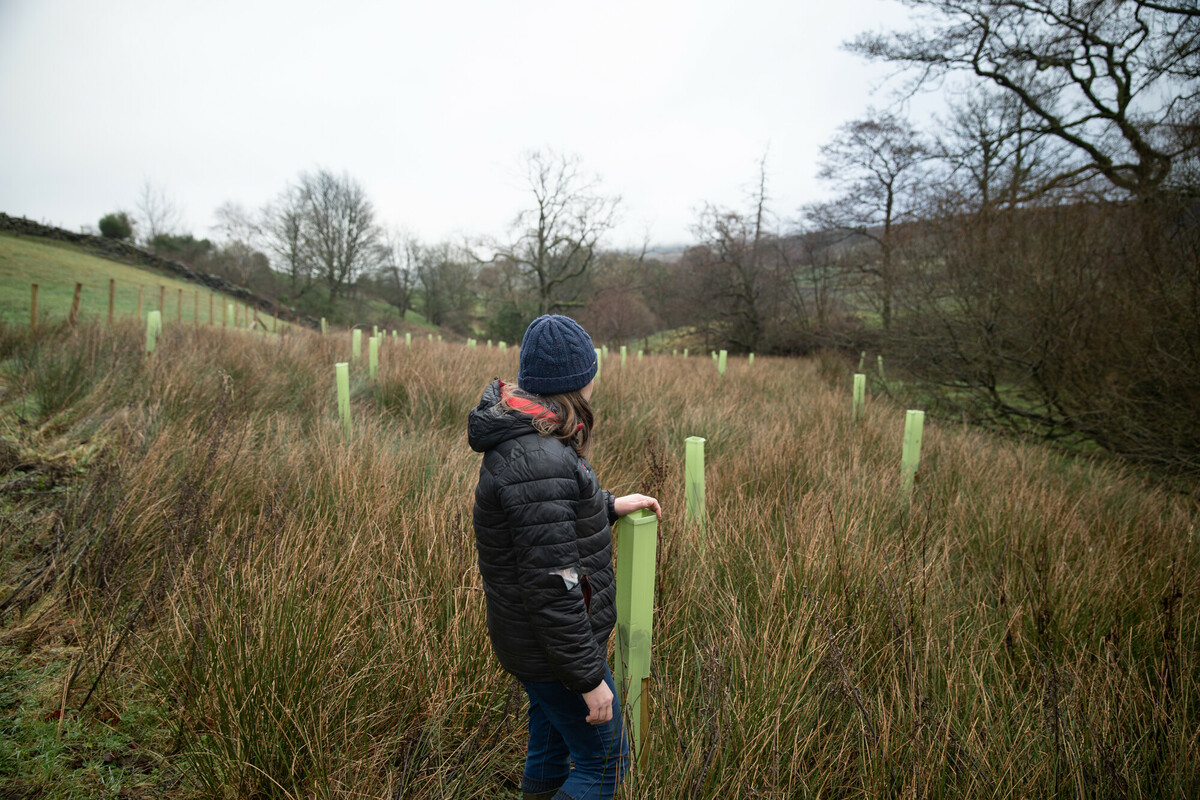From upgrading their yard to prevent farm runoff entering the water catchment, to creating wildlife corridors for species to move more freely through the landscape – discover what Amanda and Mark Smith from Fryup Dale have done to make their farm more sustainable thanks to the Defra-funded Farming in Protected Landscapes (FiPL) programme.
The key aim of our project is to reduce the watercourse pollution created by our farming activities and create wildlife friendly habitats. We hope these measures will complement our wider farm plan to be more sustainable and less intrusive on the local environment, whilst offering improvements in carbon storage.” - Amanda Smith

The first part of this project focused on upgrading their farmyard and tracks to allow contaminated runoff from the dairy farm to be contained appropriately and prevent it from entering the water catchment. Fencing was also installed to prevent livestock accessing the streams.

They also completed restoration to local heritage and landscape features, including dry stone walls. These features are adjacent to a popular bridleway, improving the experience for visitors.
The second part of their project was to extend an existing hedgerow and provide a link between two watercourses, creating a wildlife corridor that will enable plant species to colonise and thrive, as well as enable wildlife to move more freely through the landscape. They have also planted trees to extend the buffer habitat alongside the beck.

Management Plan
This projects supports the following management plan objectives:
Objective 2: Capture and store carbon by creating at least 2,500 hectares of additional wooded habitat by 2032.
Objective 4: Protect, restore and improve soils across the National Park.
![]()
Objective 6: Create bigger, better and more joined-up habitats, with nature-rich wildlife corridors extending beyond the National Park boundaries.
Objective 7: Restore wilder and more naturally functioning ecosystems on at least 2,000 hectares in the National Park.
